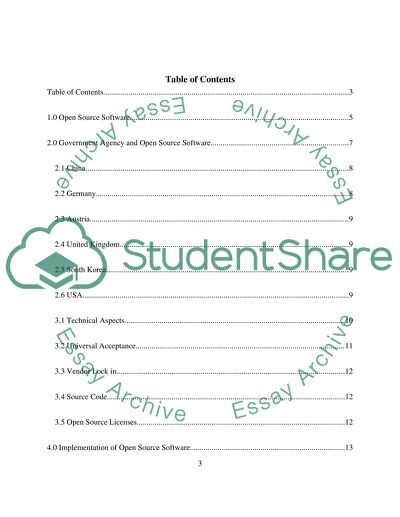Cite this document
(“Open Source Software: Management Report Research Paper”, n.d.)
Retrieved from https://studentshare.org/information-technology/1401321-open-source-software-management-report
Retrieved from https://studentshare.org/information-technology/1401321-open-source-software-management-report
(Open Source Software: Management Report Research Paper)
https://studentshare.org/information-technology/1401321-open-source-software-management-report.
https://studentshare.org/information-technology/1401321-open-source-software-management-report.
“Open Source Software: Management Report Research Paper”, n.d. https://studentshare.org/information-technology/1401321-open-source-software-management-report.


